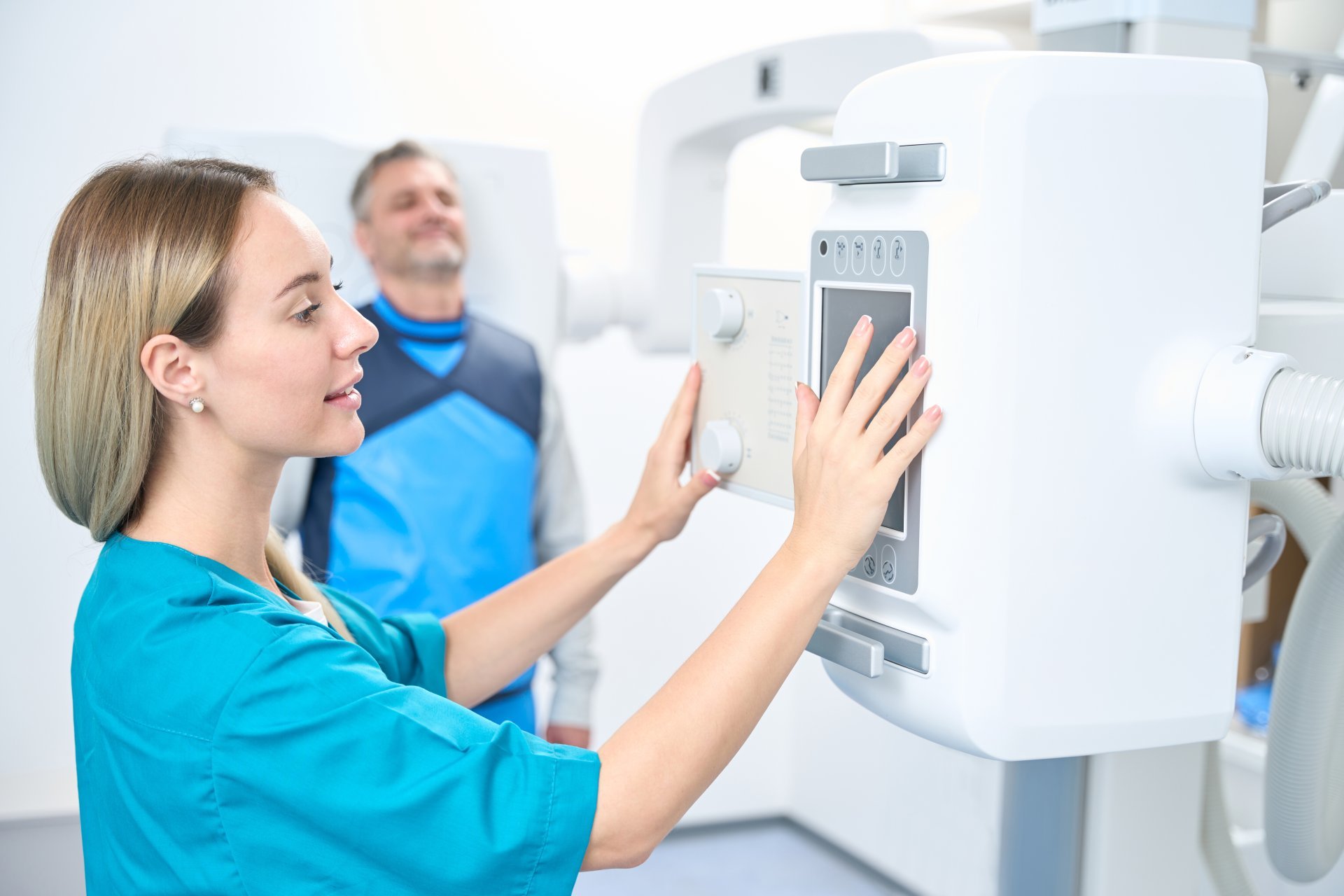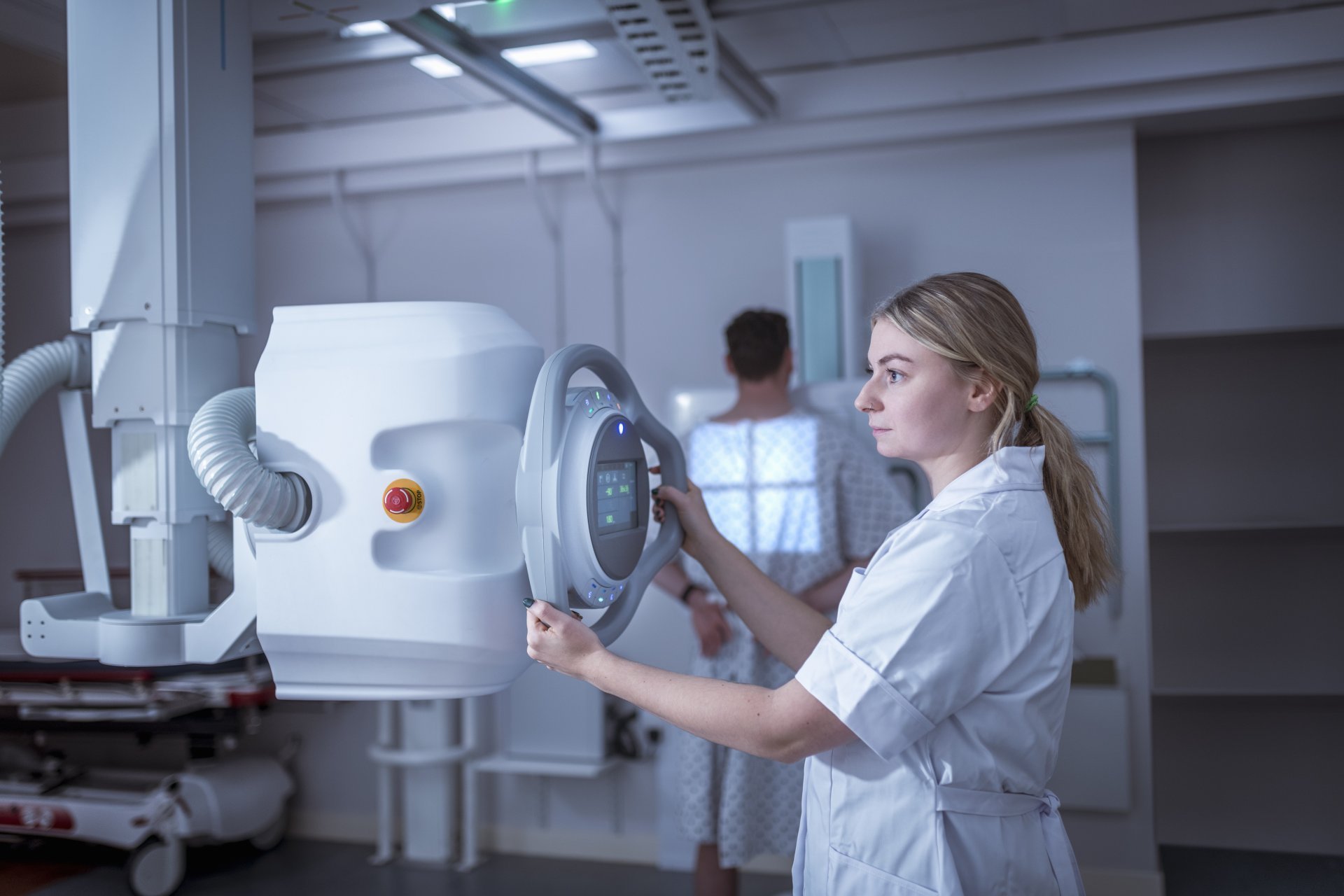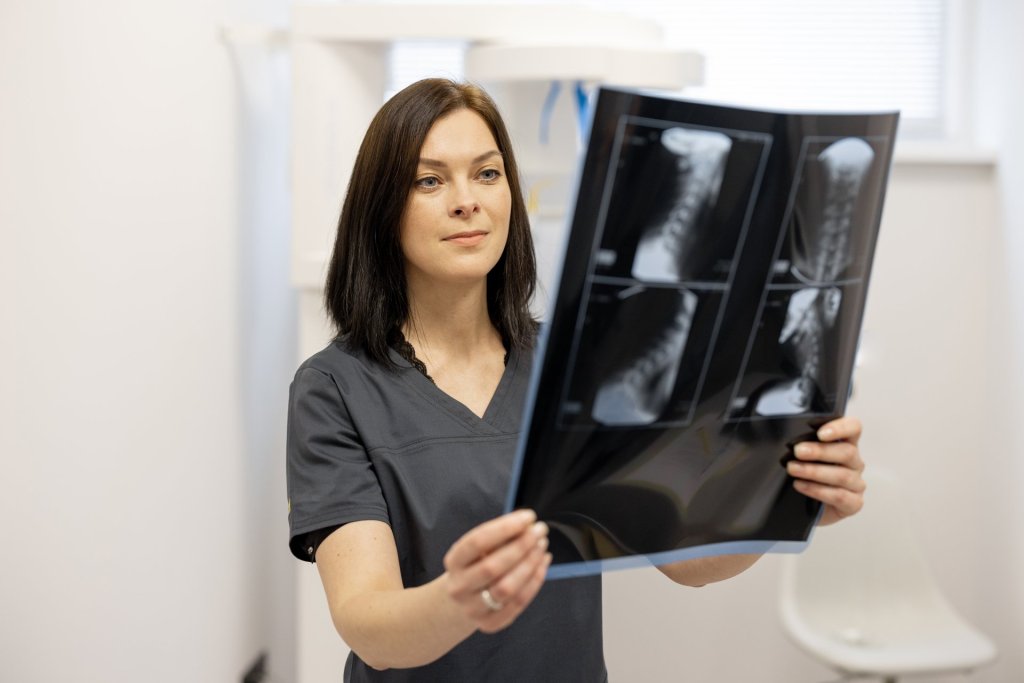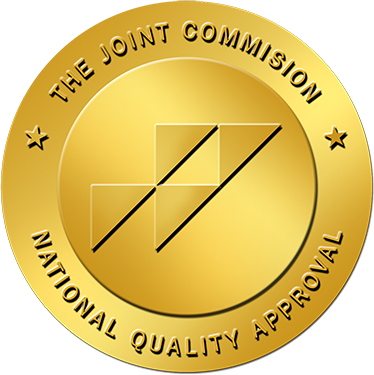Working in the field of healthcare doesn’t have to mean spending years in school. For people who’d like to work directly with patients while also helping care teams with diagnosing and treating conditions, allied health professions can be an excellent option.
Allied healthcare providers are health professionals—other than registered nurses or physician’s assistants—who didn’t receive a doctoral degree in their field. They play a significant role in healthcare, often bridging the gaps the recent and ongoing nursing shortages have created. This is more important now than ever before.
It’s expected that there will be a shortage of 4.5 million nurses worldwide by 2030, which will put a significant strain on the entire healthcare system.
Allied health professionals can help support and bolster a struggling system by making the diagnosis and treatment process much easier. One of the most in-demand available allied health career paths is to become a rad tech.
Radiologic technologists, also called radiographers or rad techs, use X-rays for diagnostic and treatment purposes, but they do much more than that in the scope of their job. Learn more about this allied health profession and the top reasons you should consider it.
What is a rad tech?
Rad techs are healthcare professionals who perform medical exams using X-rays, creating images of the body that doctors can then use to diagnose conditions or decide on appropriate treatments. Rad techs work in hospitals, physicians’ offices, imaging centers, and medical laboratories.
They collaborate with doctors, nurses, and other members of the care team to provide the assistance patients need. Their day-to-day duties include ensuring that patients and other staff members are safe from radiation exposure, maintaining the imaging machines, and calibrating them correctly for the necessary procedures.
Rad techs assess, evaluate, and prepare patients for procedures, as well. They must be able to answer questions and address concerns before, during, and after the procedures. Additionally, rad techs must also maintain patient records to ensure there is continuity of care.

Reasons to become a rad tech
If you've been considering becoming a rad tech, here are eight reasons why you might be on the right track.
Few educational requirements
One of the reasons why many people choose not to pursue a nursing or physician’s degree is that it requires a lot of time, as well as money. That may not be an option for you. With an allied healthcare field like radiography, that doesn’t have to stop you.
To become a rad tech, you’ll only need to have your high school degree or equivalent and complete an associate degree. Some employers require bachelor’s degrees, but that’s an option you can choose to skip. An associate degree will take two years, while a bachelor’s requires four years.
You’ll then have to pass an exam to get certification from the American Registry of Radiologic Technologists (ARRT). To become a rad tech, you can’t have a criminal record. You must also be ready to maintain your certification by taking continuing education classes.
Radiography jobs offer faster career training than others in the medical field. If you choose to get an associate degree, you could have an entry-level rad tech position in two years.
Work in diverse settings
Rad techs can work in a variety of settings. You can choose to focus on hospital work, community clinics, private clinics, and even research laboratories.
If you enjoy fast-paced settings, working in a hospital can provide an influx of constant challenges. You work alongside all manner of medical professionals and get hands-on experience with patients.
If you’d prefer to work in more specialized settings, a physician’s office could be a better option. A physician might focus on certain conditions or injuries, giving you a chance to work on specific medical conditions. For example, some radiographers prefer to work in oncology clinics, providing radiation therapy to patients.
Although most rad techs choose to work with patients, it’s not necessary if you’d prefer not to. You can opt for laboratory work instead.
This flexibility makes becoming a rad tech a good choice for those who may not be sure what work setting they’d prefer or whether they’d feel more comfortable working with people or in laboratories.
Opportunities for travel positions
As a rad tech, you can choose to take on short-term travel assignments throughout the country. Travel rad tech positions can offer the variety and excitement you may be seeking. These positions not only tend to have better salaries, but they also provide the chance to meet and work with all manner of professionals.
Travel positions give you the chance to move around the country. If you’ve considered living in a particular location, you can try it out during a short-term assignment to see if you like it. What’s even better is that you get stipends for housing and travel, most of which are tax-free.
Rad techs are needed throughout the country, especially in rural locations, so you can provide essential care to those who need it most.
Competitive salaries
As of May 2023, the median annual salary for rad techs was $83,740, with the highest-paying positions earning more than $102,000 a year. Your salary will depend greatly on how much experience you have as well as your training and education.
People who earn a bachelor’s degree will usually make more than those who only have an associate degree.
Where you work will also play a role in your salary. Some states pay more even for entry-level rad techs. Typically, less populated and more rural areas will pay less than large cities, but keep in mind that there is significant competition in larger cities.
Excellent job growth outlook
The U.S. Bureau of Labor Statistics expects employment for rad techs to increase by 6% between 2023 and 2033. That means this profession is growing faster than many others. If you’re looking for a career path that offers security, this is an option to consider.
To give you even further opportunities, you can consider getting additional certifications or pursuing an advanced degree.
Wide scope of responsibility
Radiographers tend to do a variety of tasks throughout their shifts. No two days are typically the same, especially if you’re working in a hospital. This is a challenging career and one that requires a variety of skills.
You can help patients understand procedures and put them at ease if they get nervous or anxious. Rad techs often work in high-trauma situations, so the ability to deal with patients who are stressed or in pain is a plus.
Additionally, you get to provide education for family members and answer questions about what the procedures will be like. At the same time, you’ll calibrate and maintain advanced imaging machinery and address any functional issues that arise.
A rad tech maintains patient records, too, and collaborates with other healthcare team members. They’re not isolated in their role as technologists, providing their input on the imaging results to help physicians interpret them accurately.
Active work
If you prefer active work to sitting behind a desk, becoming a rad tech can be a good choice. Often, people imagine that rad techs spend most of their day at a computer, but that’s not the case. Your main focus will be on preparing patients for scans, which means being on your feet.
Contribute to a better healthcare system
Working in the healthcare system as a rad tech or any other kind of allied health professional means bolstering an overwhelmed field. As the baby boomer generation ages and more nurses retire, having more supporting medical professionals in the field will make a difference.
Travel rad tech careers are especially helpful in this regard. You can make a significant difference by taking on short-term posting in clinics and hospitals where your skills are needed most.

Discover your allied health career
Working in the healthcare field can be highly rewarding, but it’s an option that many people hesitate to try because of perceived barriers to entry. They worry about how long it can take to actually start earning a salary and how much getting advanced degrees can cost.
Allied health careers in fields like radiography can expedite your dreams of a healthcare career. Since entry-level positions often don’t require a four-year degree, becoming a rad tech means you can jump into the field as quickly as possible.
At Prolink, we can connect you with some of the leading employers in your area and beyond. We can help you find local positions as well as travel healthcare options so that you can pursue the path you prefer. Additionally, we provide a leading benefits package, from retirement planning to health insurance and more.
If you’re an allied professional looking to find your next job, Prolink can help. Click below to connect with a recruiter today.









